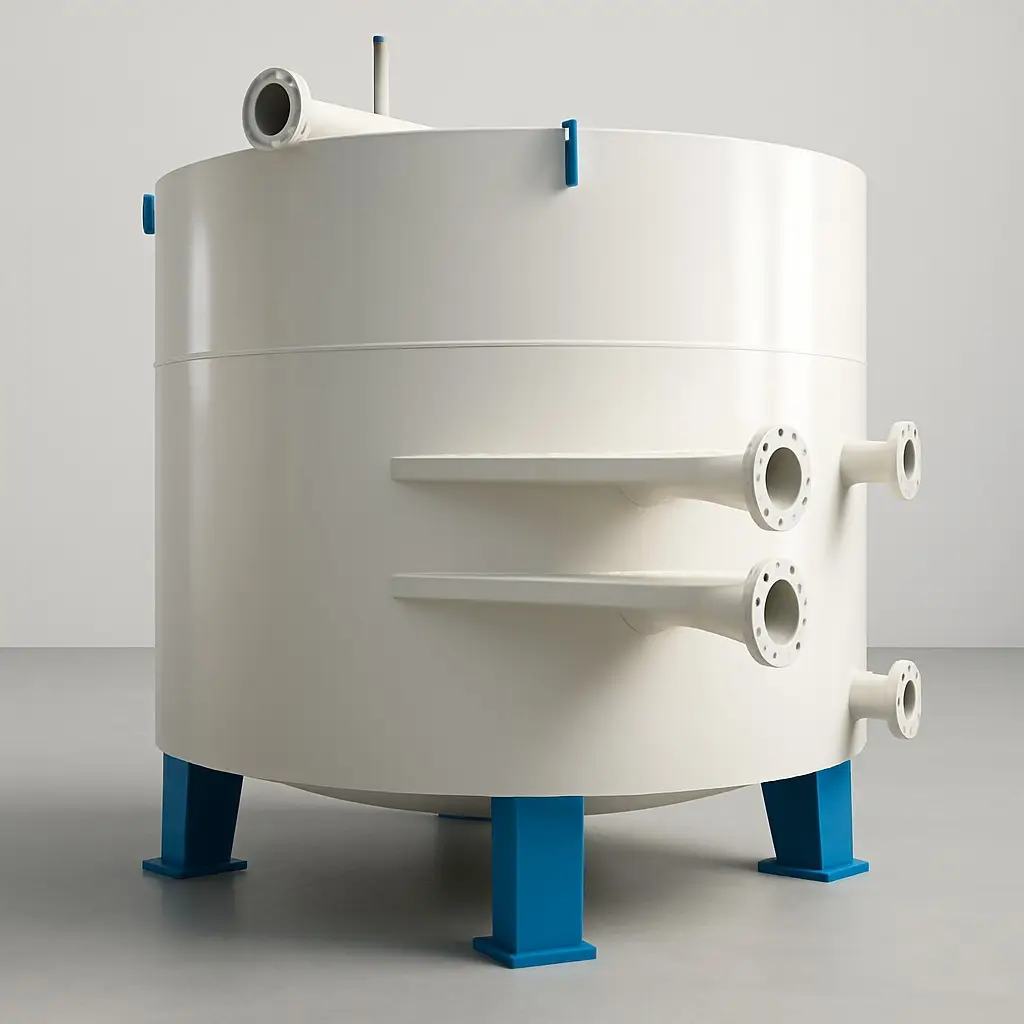Flotation Deinking Cell
Advanced Ink Removal for Waste Paper Recycling
The Flotation Deinking Cell is an essential component in the stock preparation system for waste paper recycling. Engineered for efficient ink removal, this machine separates ink particles, lightweight plastics, glue pellets, fillers, and other contaminants from paper pulp—enhancing pulp cleanliness, brightness, and overall paper quality.

Flotation Deinking Cell
Key Features and Benefits
High Ink Removal Efficiency
Achieves up to 98% ink removal with a five-stage flotation system, significantly improving pulp whiteness and print quality.
Closed-Loop Operation
Features a fully enclosed design, preventing material overflow and reducing operational noise. This also eliminates the need for full tank cleaning, conserving fresh water.
Air Recirculation System
Uses an internal air circulation mechanism to improve air efficiency and pulp treatment, minimizing energy consumption and maximizing performance.
Minimal Fiber Loss
Foam consistency can reach up to 5%, with negligible fiber presence in the foam, ensuring high recovery of usable fibers.
Energy and Cost Efficiency
Requires only one flotation cell to meet most production needs. Offers low power consumption and occupies minimal floor space—reducing setup and operational costs.
User-Controlled Pulp Quality
Operators can regulate pulp whiteness and consistency using precision valves located at the foam outlet and other control points.
Applications
Flotation deinking of all types of waste paper
Removal of lightweight contaminants such as plastic films, glue, paraffin, and filler materials
Used in fine pulp processing before paper machine
Operational Design and Components
The flotation system consists of four main sections:
Spraying Separator Unit
Uses a specially designed star-type sprayer with a self-cleaning function
Capable of handling spherical particles up to 12 mm without clogging
Mixes air and pulp under pressure for efficient ink absorption
Flotation Cells (3–5 units)
Multi-stage flotation process for maximum ink removal
Foam containing ink rises to the top and is directed to the ink separator
Clean pulp flows to the next stage or outlet
Liquid Level Regulator
Automatically controls the pulp level inside the flotation cells
Includes a transparent window for visual monitoring of foam and pulp
Ink Separator
Separates ink from foam
Recirculates air back to the spraying unit
Ensures efficient deinking with low sludge content
Installation and Setup
Foundation
No ground bolts are required for the flotation cell itself. The liquid level regulator and ink separator must be secured using expansion bolts as per the foundation design.
Pipeline Configuration
Includes pipelines between:
Spraying separator and pump
Flotation cells and ink separator
Pulp outlets and pulp chest (for system flush)
All lines should include valves for flow and pressure control
Startup and Operation
Before Starting:
Flush the entire system with fresh water via the spraying separator nozzle
Check for any leaks in the pipelines
Startup Steps:
Open the washing valve of the spraying separator
Start airflow by opening the air inlet valve
Open the pulp feed valves, starting from the final flotation unit to the first
Adjust air and pulp flow using control valves
During Operation:
Monitor and control ink outlet valves to minimize fiber loss
Adjust pulp feed pressure according to production requirements
Control the foam outlet to regulate pulp quality
Shutdown Procedure:
Turn off pulp feeding pumps sequentially (from first to last stage)
Stop the sludge pump from the ink separator
Open the washing valve and rinse the system
Use the auxiliary pipeline to empty pulp into the chest if the machine will be offline for an extended period
Conclusion
The Flotation Deinking Cell is a highly efficient, closed-system solution for deinking recycled paper pulp. Its multi-stage flotation, internal air circulation, and energy-saving design make it ideal for modern paper mills focused on quality, efficiency, and sustainability. It not only improves pulp brightness but also reduces operational costs and environmental impact.
